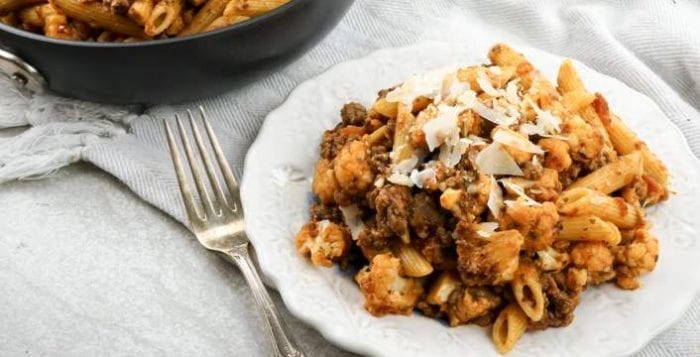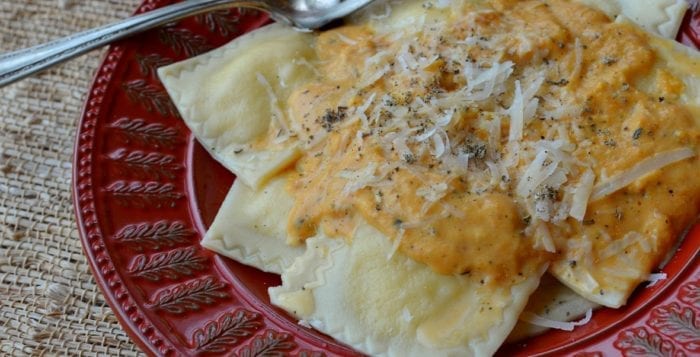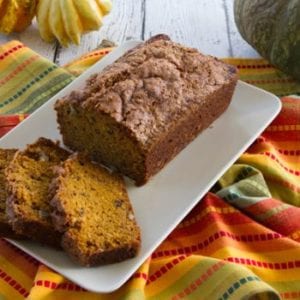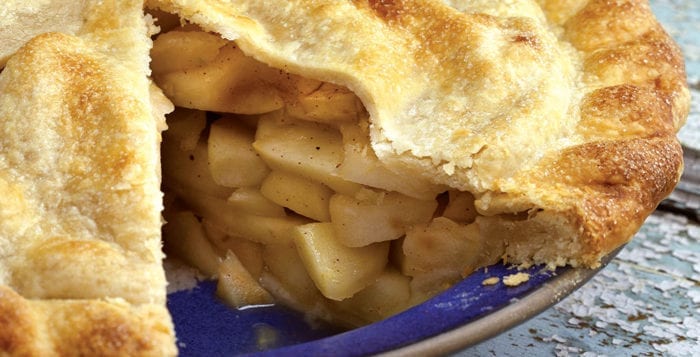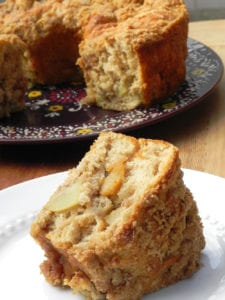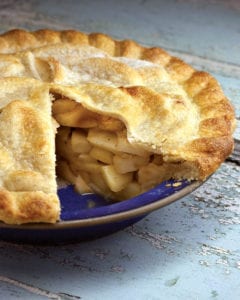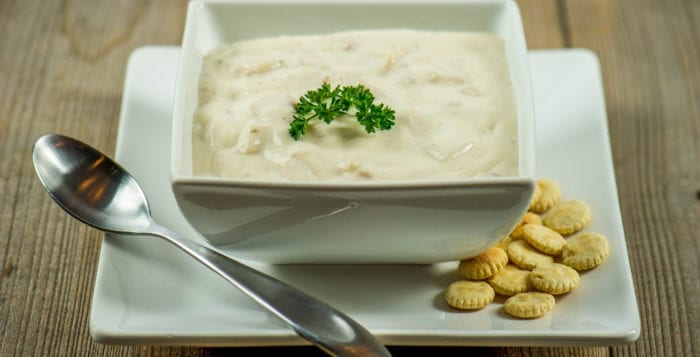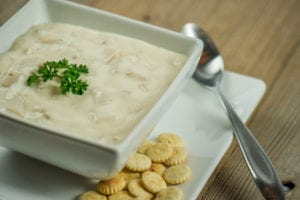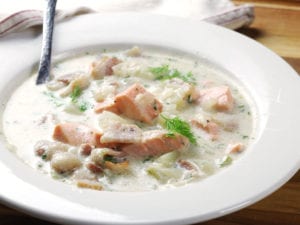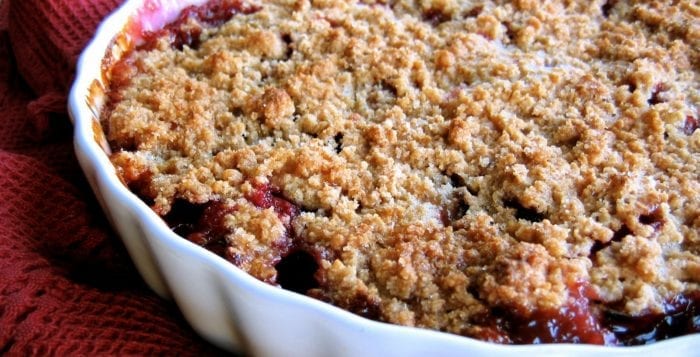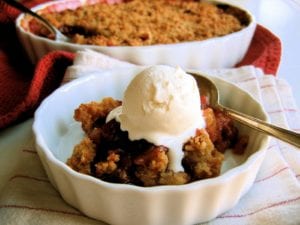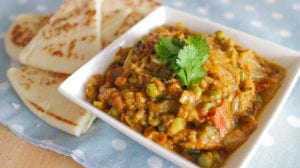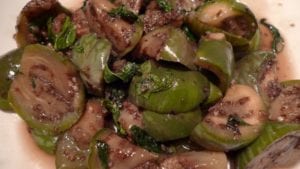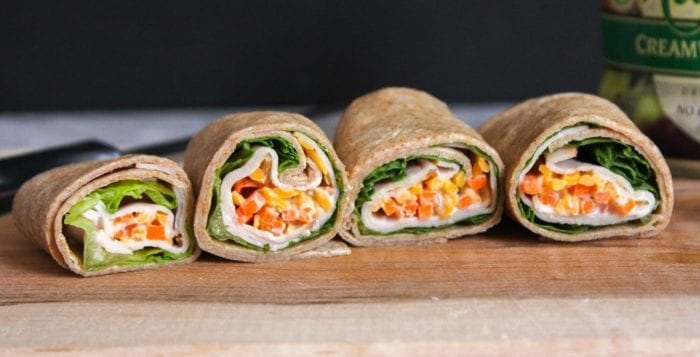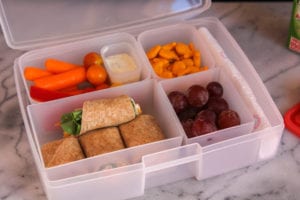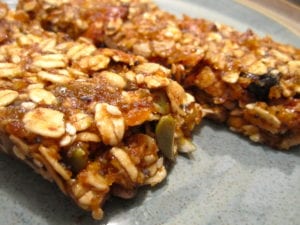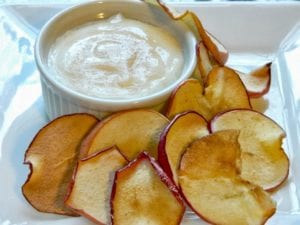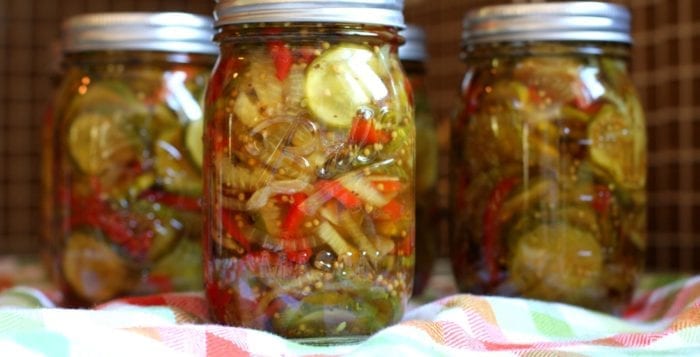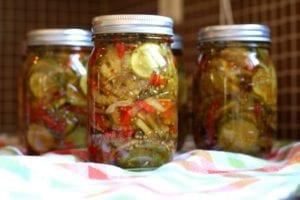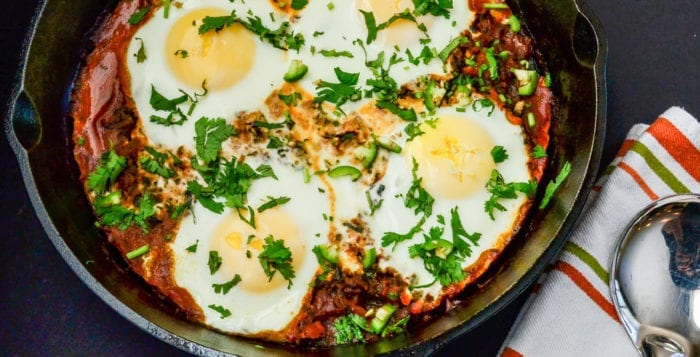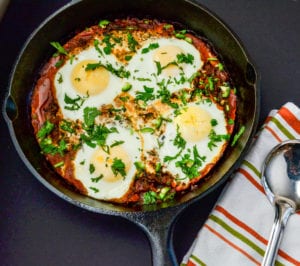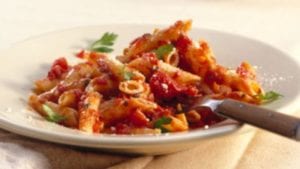By Barbara Beltrami
Mark Twain, that delightful old curmudgeon, called cauliflower “a cabbage with a college education,” a proclamation that today would probably be found politically incorrect in some way by someone. I prefer to call cauliflower a vegetable with autumn in its soul — especially here on Long Island where cauliflower farms still exist out on the East End. For me, no autumn is officially ushered in until I have made a pilgrimage to the North Fork, until I have bought too many enormous heads of cauliflower for a couple of dollars a piece at most from some roadside flatbed truck.
Heading home with the late afternoon sun slanting against the windshield, there will also be baskets and sacks of late season tomatoes, cucumbers, apples, Brussels sprouts and peppers, of Seckel pears and cider and gourds and weird shaped pumpkins all wedged into the car’s trunk.
But it will be the cauliflowers I covet most as I watch the russet leaves drift roadward. It will be the cauliflower I single out for that night’s dinner as I stuff the refrigerator’s vegetable drawers with my afternoon’s harvest. For dinner there will very likely be a pasta with cauliflower and sausage. Another night there will be a savory cauliflower salad or hearty cauliflower mashed potatoes. The following weekend I will get out my canning equipment and put up jars of chow-chow with many more little cauliflower florets than the recipe calls for. And my husband, who is also a big cauliflower fan, will nevertheless be relieved that my annual cauliflower fest is over.
Pasta with Cauliflower and Sausage
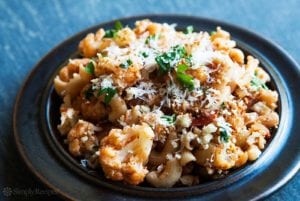
YIELD: Makes 4 to 6 servings
INGREDIENTS:
1 pound pasta, preferably ziti or shells
3 sweet Italian sausages
1 medium cauliflower broken into small florets
½ cup extra virgin olive oil
1½ pounds fresh Italian plum tomatoes, coarsely chopped
4 garlic cloves, minced
1 tablespoon fresh thyme leaves or 1 teaspoon dried
Salt and crushed red pepper flakes, to taste
¾ cup freshly grated pecorino or romano cheese
DIRECTIONS: Bring a large pot of salted water to a boil for the pasta and cook according to package directions. Meanwhile in a medium skillet, cook the sausages over medium heat until browned on all sides; remove and set aside to keep warm. When they are cool enough to handle, cut them into bite-size pieces. Steam the cauliflower until it is al dente (slightly resistant to the bite), about 3 to 5 minutes. Set aside.
In same skillet used to cook sausages, heat half the olive oil over medium heat: add tomatoes, half the garlic and the thyme. Season and cook, stirring occasionally, over medium heat until most of the liquid is evaporated. In another medium skillet, heat the remaining oil, add the remaining garlic and steamed cauliflower and sauté until cauliflower is slightly golden. Add the sliced sausages to the cauliflower and continue cooking until sausages are reheated.
Pour cooked pasta into a large bowl, top with tomato mixture, then sausages and cauliflower. Adjust seasoning, then sprinkle with grated cheese. Mix at the table and serve with fried peppers, crusty bread and a crunchy green salad.
Cauliflower Mashed Potatoes
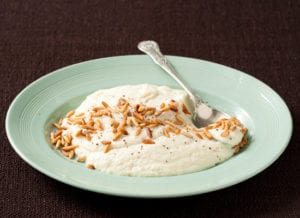
YIELD: Makes 8 servings
INGREDIENTS:
1 medium head cauliflower, in pieces
6 potatoes, pared and coarsely chopped
½ stick butter
¹/3 cup milk or cream
2 eggs
Salt and freshly ground pepper, to taste
¼ cup golden raisins
¼ cup pignoli nuts
DIRECTIONS: Steam the cauliflower and potatoes until they are very soft, about 20 minutes. Preheat oven to 400 F. Grease a large soufflé dish or casserole. Mash cauliflower and potatoes by hand to break up pieces. Transfer to large bowl of electric mixer. Add butter, milk or cream, eggs and salt and pepper. Beat slowly at first, then increase mixer speed gradually until mixture is smooth. Stir in raisins. Transfer to prepared casserole dish. Sprinkle top with pignoli nuts. Bake until mixture is hot and pignoli nuts are golden, about 30 to 40 minutes. Serve with meat or poultry and a mixed salad. This is a revision of an article written by the author and published in this newspaper in 1989.
Cauliflower Salad
YIELD: Makes 6 servings
INGREDIENTS:
1 medium head cauliflower, broken into bite-size florets
1 tablespoon capers, rinsed and drained
4 flat anchovy fillets, minced
½ cup oil-cured black olives
¼ pound feta cheese, diced
¹/3 cup extra-virgin olive oil
2 to 3 tablespoons wine vinegar
Coarse salt and freshly ground black pepper, to taste
1 medium red onion, thinly sliced, separated into rings, then chopped
1 cup cherry tomatoes, halved
1 tablespoon fresh dill, chopped
DIRECTIONS: Steam the cauliflower until just tender, about 5 minutes; let cool to room temperature. In a small bowl combine the capers, anchovies, olives and feta cheese with the oil, vinegar, salt and pepper. Combine with cauliflower. Cover and let the cauliflower marinate at room temperature at least an hour. Just before serving, add the onion, tomatoes and dill. Serve with meat or poultry, pasta or eggplant.

